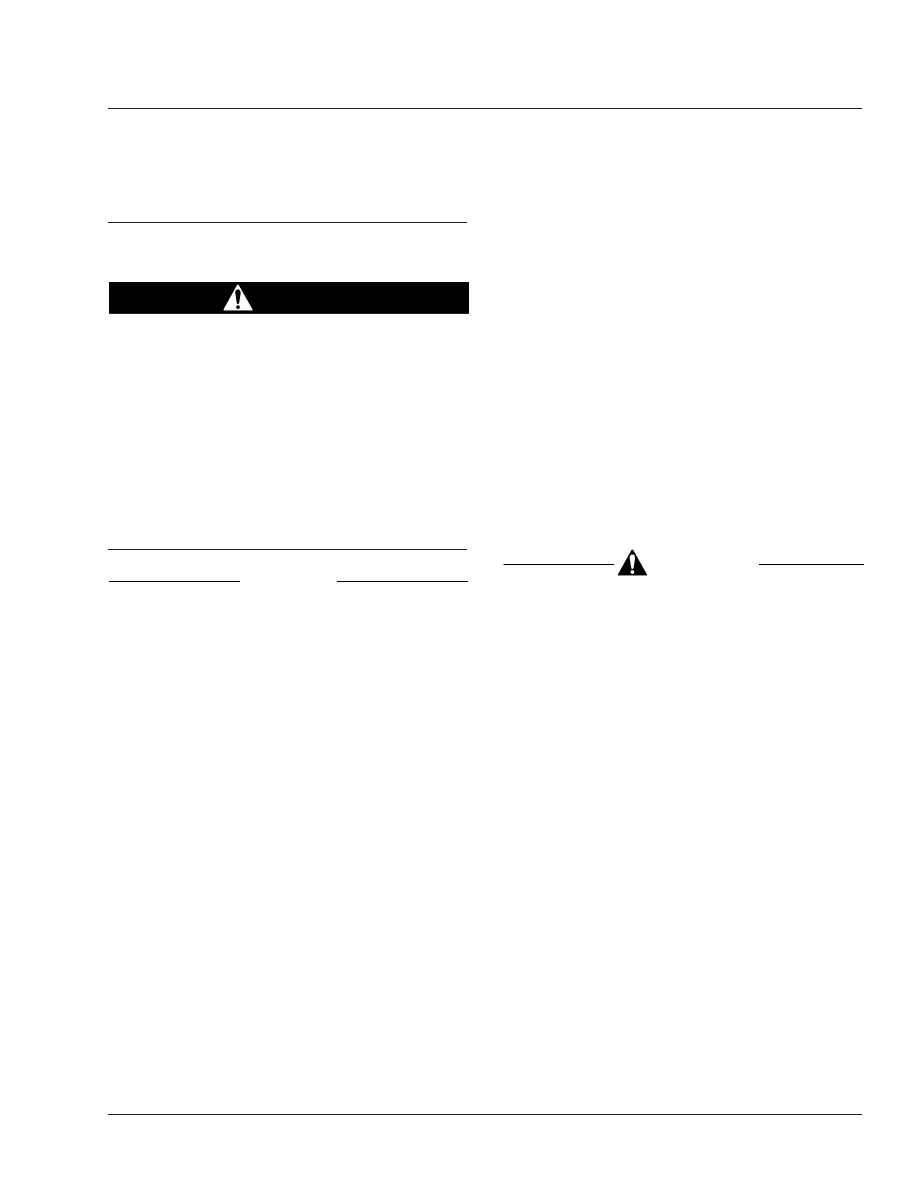Freightliner Coronado 132 / 122SD. Manual - part 11

26–00 Safety Precautions
Safety Precautions in this section apply to all
procedures within this group.
DANGER
When working on the vehicle, shut down the en-
gine, set the parking brake, and chock the tires.
Before working under the vehicle, always place
jack stands under the frame rails to ensure the
vehicle can not drop. Failure to follow these steps
could result in serious personal injury or death.
26–01 Eaton Fuller
Transmission Fluid
Change, and Magnetic
Plug Cleaning
NOTICE
Operating a transmission with the fluid level
higher or lower than recommended can result in
transmission damage. Do not overfill the transmis-
sion. Overfilling will force fluid out of the case
through the main shaft openings.
Do not mix types and brands of fluid, because of
possible incompatibility. Do not use fluid addi-
tives, friction modifiers, extreme-pressure gear
fluids, or multiviscosity lubricants.
NOTE: Fluid change intervals are extended to
500,000 miles (800 000 km) on any vehicles
filled with synthetic transmission fluid.
1.
If the transmission fluid is not at normal operat-
ing temperature, run the engine until the fluid
reaches operating temperature.
2.
Park the vehicle on level ground, apply the park-
ing brakes, shift the transmission to neutral (N),
shut down the engine, and chock the tires.
3.
Place a large drain pan under the transmission.
4.
Clean the area around the fill plug, and remove it
from the side of the gear case. Remove each
drain plug from the bottom of the case.
5.
Clean the fill and drain plugs. For magnetic
plugs, use a piece of key stock or any other con-
venient steel slug to short the two magnetic
poles and divert the magnetic field.
Install and tighten each drain plug 50 lbf·ft (68
N·m).
NOTE: The optional transmission fluid filter is a
remote-mount, spin-on type, and is located be-
tween the transmission and the fluid cooler. The
filter bracket is attached to the frame rail or
some other nearby location. The filter is
mounted in a vertical position, and should be
filled with fluid before installation to assure the
proper fluid level. For optimum transmission per-
formance, change the filter each time that the
fluid is changed.
6.
For a transmission equipped with a transmission
fluid filter(s), replace the fluid filter(s) as follows.
6.1
Place a drain pan under the transmission
fluid filter.
CAUTION
To prevent skin burns from hot transmission fluid,
wear protective gloves when removing the filter.
6.2
Place a strap or chain wrench around the
filter canister, and rotate it in a counter-
clockwise motion to separate the filter
from the mounting. Carefully spin the filter
off the mount and remove it from the ve-
hicle.
6.3
Apply a light coat of transmission fluid to
the O-ring gasket on the new filter. Fill the
filter with specified transmission fluid, and
spin the filter onto the mount.
NOTE: The filter fills slowly, so be patient to
ensure the proper fluid level has been
reached.
6.4
Once the filter makes contact with the
mount, use a strap wrench to rotate the
canister an additional 180 to 270 degrees
to firmly tighten the filter. Wipe the filter
clean of any fluid after it is tightened.
7.
Add fluid until it is level with the lower edge of
the fill opening. See
. If the transmission
has two fill openings, add fluid to the level of
both openings. See
for approved trans-
mission lubricants. See
for Eaton Fuller
transmission lubricant capacities.
Transmission
26
26/1